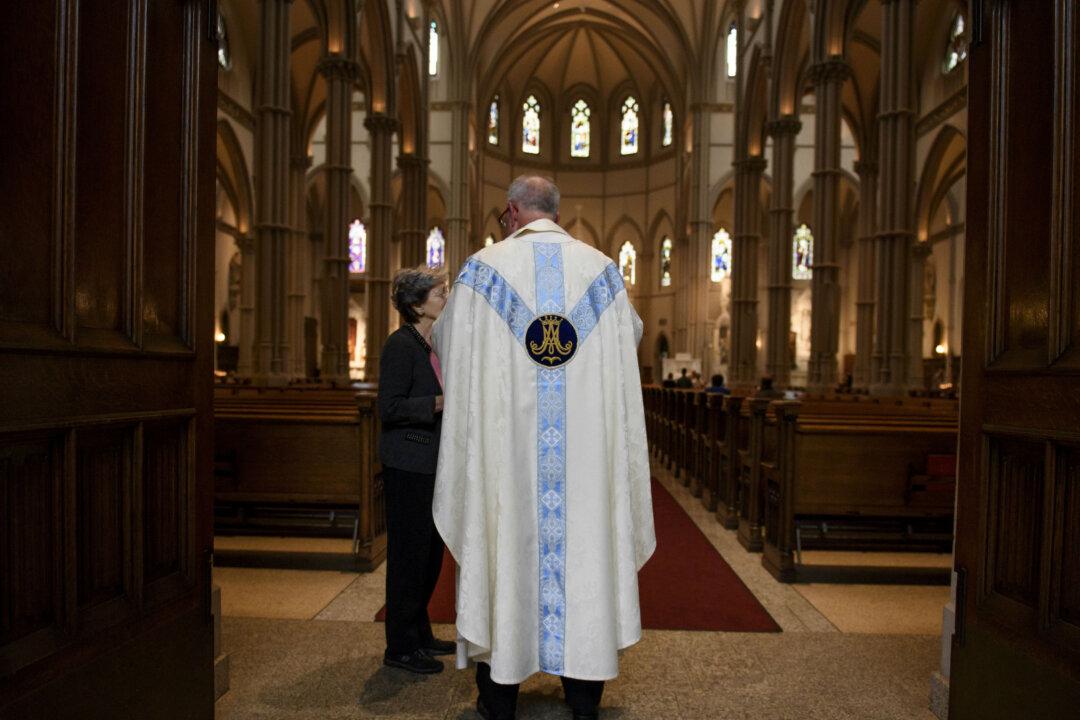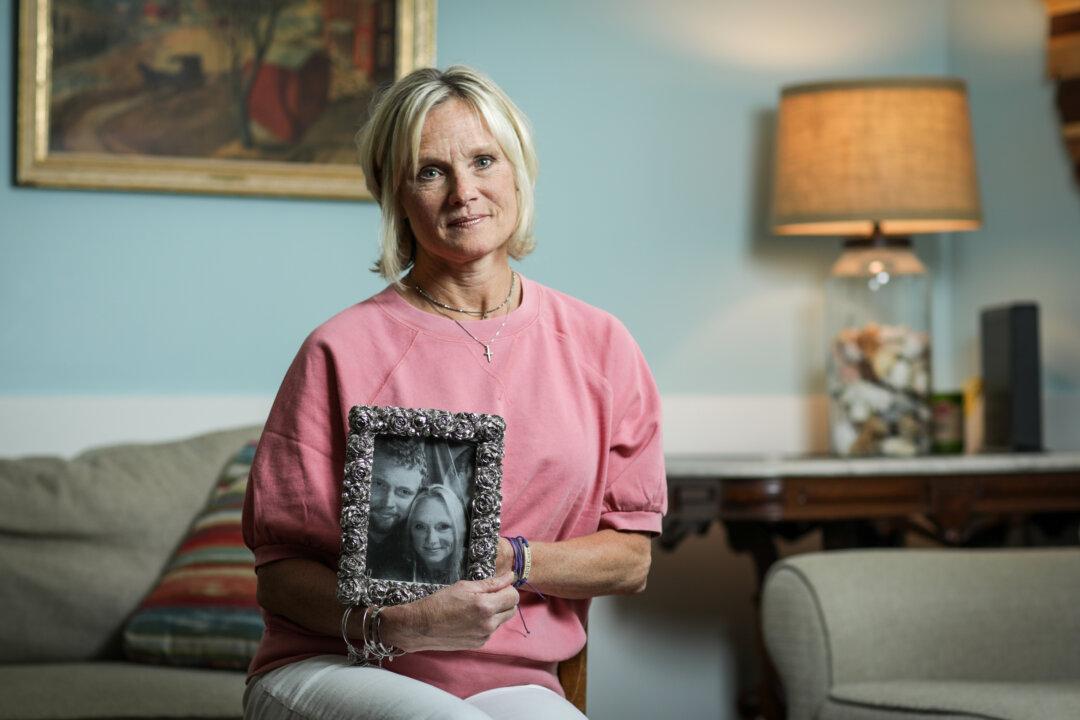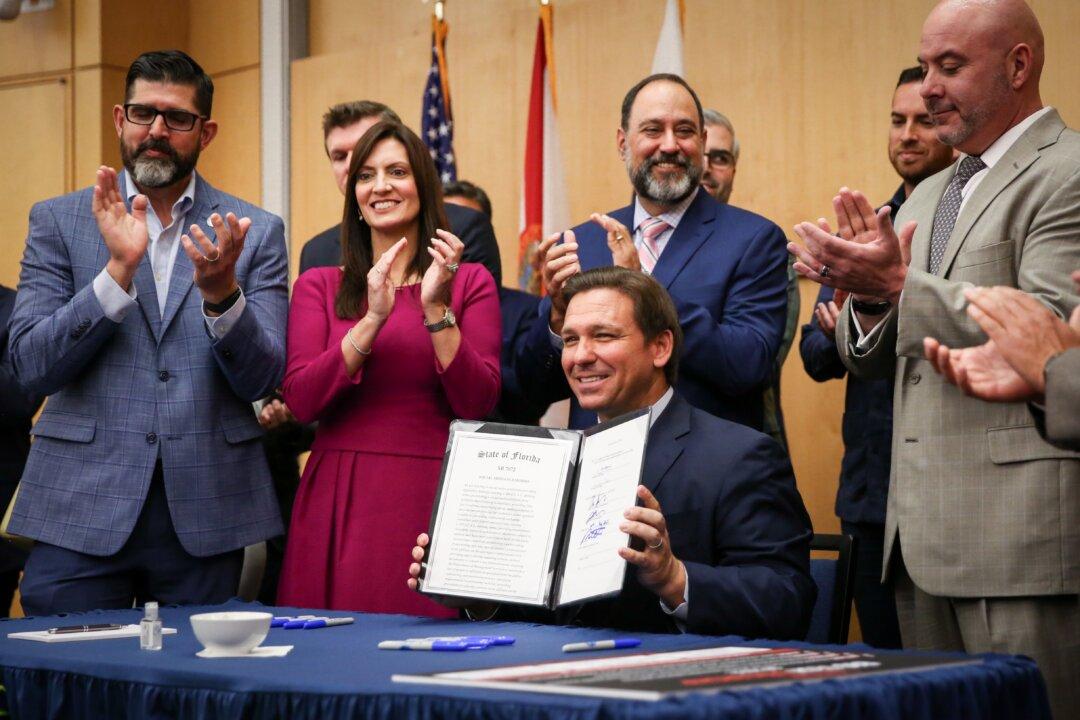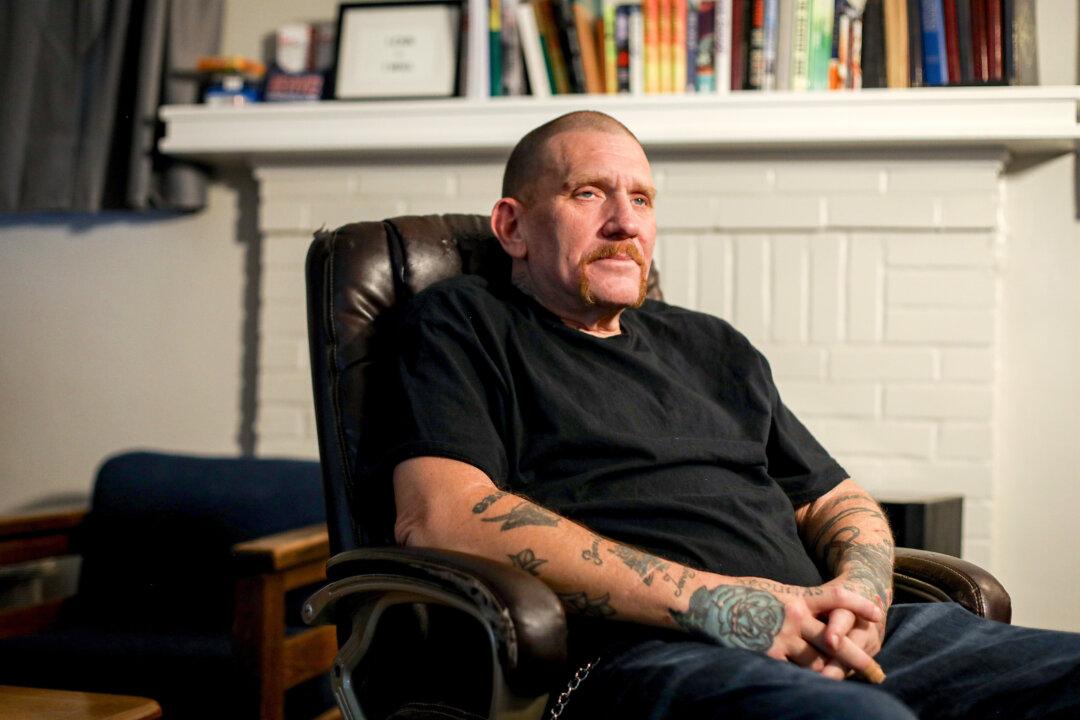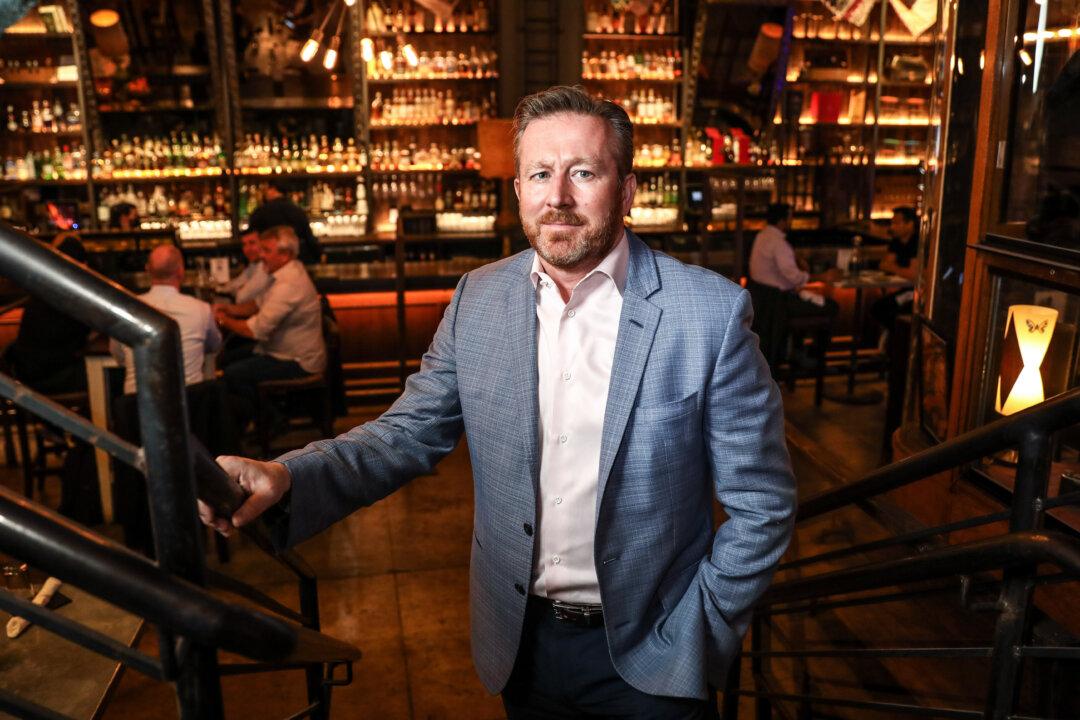More than 220 former altar boys, students, and Boy Scouts are suing the Catholic archdiocese in the U.S. island territory of Guam over alleged sexual assaults perpetrated by 35 clergy, teachers, and scoutmasters.
Thousands of pages of court documents reviewed by The Associated Press, along with extensive interviews, tell a story of systemic abuse going back to the 1950s and of repeated collusion by predator priests. Seven men have publicly accused Archbishop Anthony Sablan Apuron of sexual assaults they endured as children. One of the accusers is Apuron’s own nephew.
